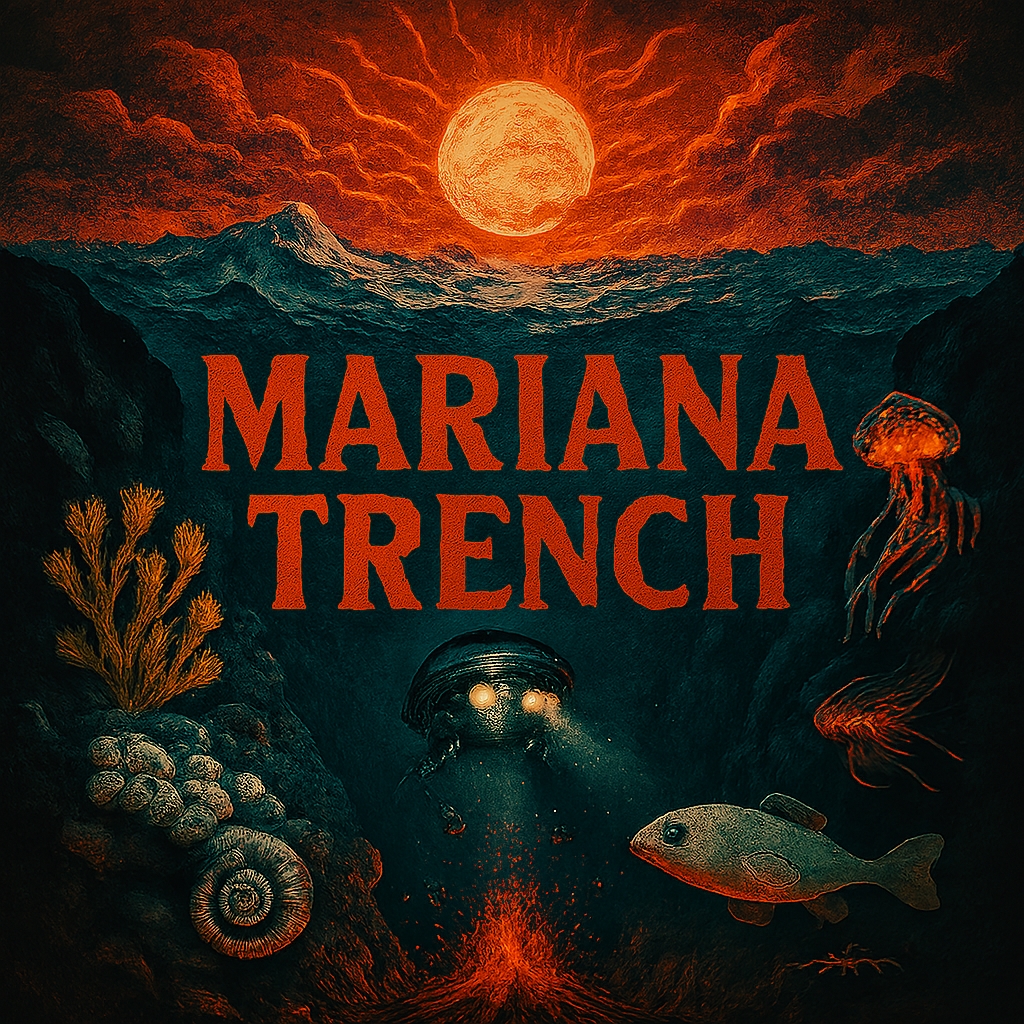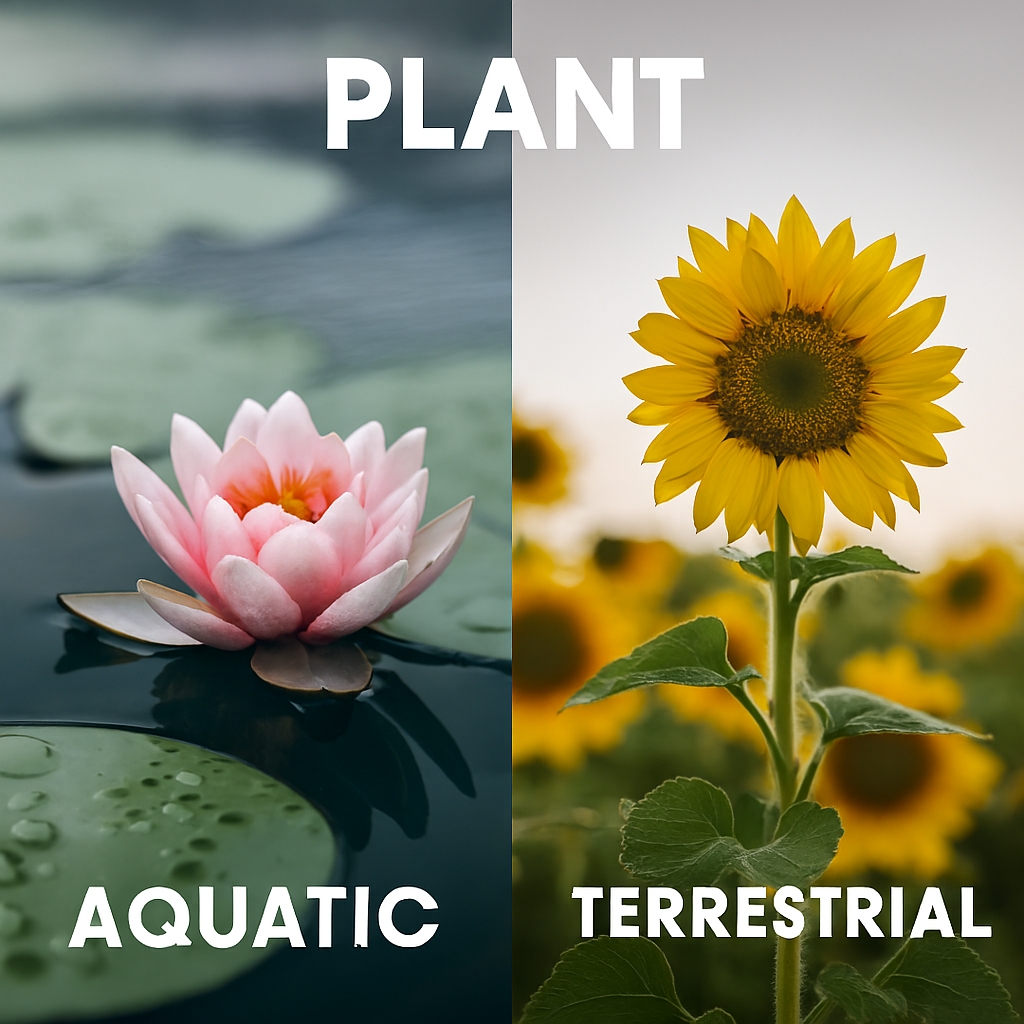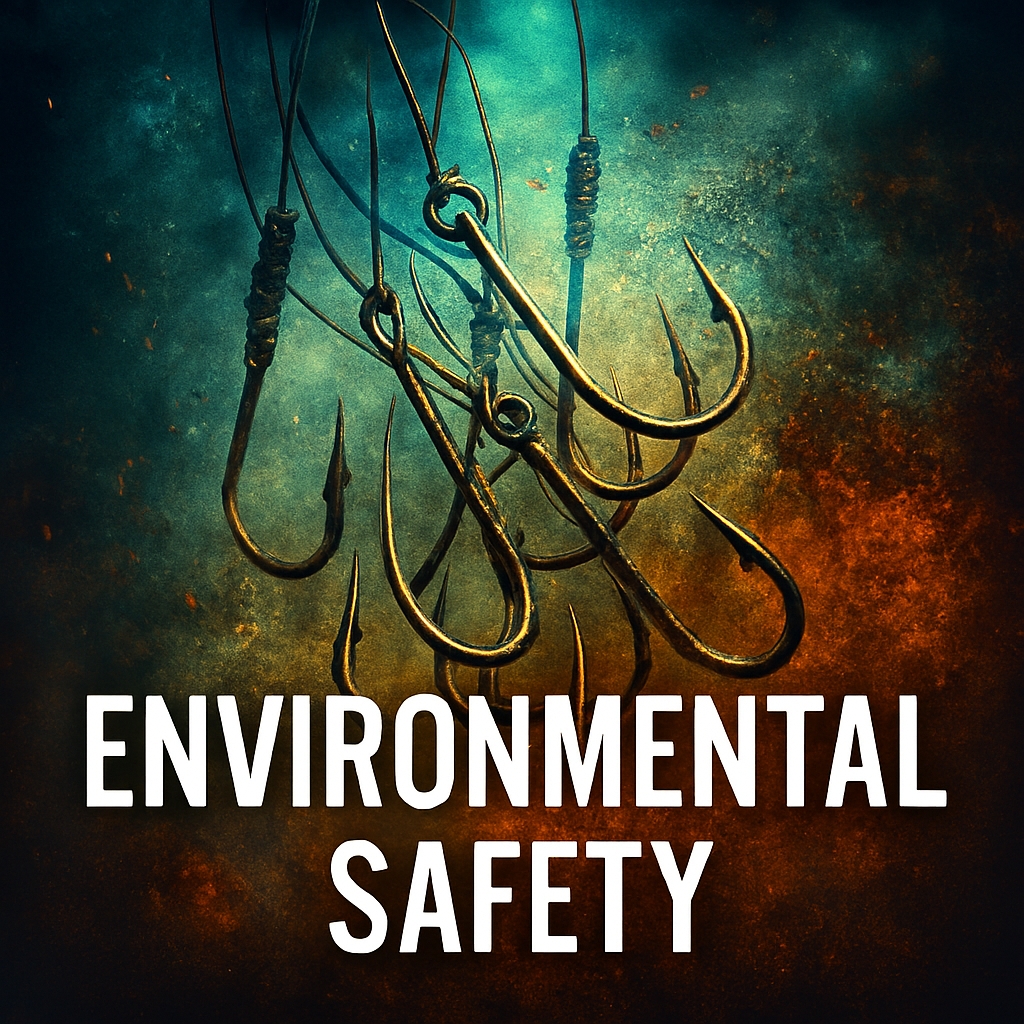The Deepest Scar on Earth – Mariana Trench
From Lunar Landscapes to Abyssal Mysteries – Why the Ocean Remains Our Final Frontier Especially Mariana Trench
We often imagine space as the ultimate frontier, yet the Mariana Trench—Earth’s deepest known feature—remains more mysterious than the moon. Located in the western Pacific Ocean, this trench plunges nearly 11 kilometers beneath the surface, into a realm of crushing pressure, perpetual darkness, and alien biology. Despite its proximity, it is one of the least explored regions on the planet. The trench is not merely a geological depression—it is a crucible of transformation, where life defies expectations, matter behaves unpredictably, and time unfolds on scales that dwarf human history.

The Mariana Trench – Earth’s Deepest Known Point
The Mariana Trench is a crescent-shaped scar in the Earth’s crust, stretching over 2,550 kilometers and reaching depths of nearly 11,000 meters at Challenger Deep. At this depth, the pressure exceeds 1,086 bars—more than 1,000 times the atmospheric pressure at sea level. Temperatures hover just above freezing, and sunlight never penetrates. Yet despite these hostile conditions, life persists. The trench is a paradox: a place where the extremes of physics meet the resilience of biology. It is a living laboratory for studying how ecosystems adapt to the most inhospitable environments on Earth.
A Landscape More Alien Than the Moon
We have mapped more of the lunar surface than the ocean floor. The Mariana Trench remains largely unmapped due to technological limitations—sonar signals weaken at extreme depths, and pressure-resistant equipment is costly and rare. Crewed descents have been limited to a handful of missions, each revealing new geological formations and species. The trench is not just physically remote—it is conceptually distant, challenging our ability to perceive, represent, and understand environments that defy surface logic. It forces us to confront the limits of our tools, our language, and our imagination.
Life Under Crushing Force – The Pressure Paradox
At the bottom of the Mariana Trench, pressure reaches levels that would crush most known organisms. Yet microbial life thrives, adapted through biochemical innovations that include pressure-resistant enzymes, flexible lipid membranes, and unique genetic regulatory systems. These extremophiles metabolize compounds like hydrogen sulfide and methane, surviving without sunlight or oxygen. Their existence expands the definition of life and suggests that similar organisms could exist in subsurface oceans on icy moons such as Europa or Enceladus. The trench is not just a biological anomaly—it is a model for understanding life’s potential beyond Earth.
Geological Time in Motion
The Mariana Trench marks a subduction zone where the Pacific Plate dives beneath the Mariana Plate. This process drives the formation of volcanic arcs, deep-focus earthquakes, and hydrothermal vents. It is a dynamic interface between the crust and mantle, where geological processes unfold over millions of years. Studying the trench provides insights into plate tectonics, mantle convection, and the recycling of crustal material. It is a place where geological time accelerates—where continents are born, consumed, and reshaped in silence. The trench is a living record of Earth’s interior architecture.

Hydrothermal Vents – Cradles of Abyssal Life
Hydrothermal vents near the trench emit mineral-rich fluids into the ocean, creating ecosystems that function independently of sunlight. These vents host tube worms, clams, and chemosynthetic bacteria that metabolize sulfur and methane. The discovery of these communities in the late 20th century revolutionized biology, proving that life can originate from chemical energy rather than photosynthesis. These ecosystems are analogues for early Earth conditions and potential extraterrestrial habitats. The trench reframes the origin-of-life debate, suggesting that life may be more chemically diverse and environmentally resilient than previously imagined.
The Trench as a Climate Archive
Sediments in the Mariana Trench accumulate slowly, preserving millennia of climate data. These layers contain isotopic signatures, microfossils, and organic compounds that reveal past ocean temperatures, carbon cycles, and extinction events. By analyzing sediment cores, scientists reconstruct ancient climates and model future trends. The trench acts as a deep-time recorder—capturing the rhythms of planetary change with unparalleled fidelity. It offers a long-term perspective on climate resilience, variability, and vulnerability, helping us understand how Earth’s systems respond to stress over geological timescales.
Soundscapes of the Deep
Contrary to popular belief, the trench is not silent. Hydrophones have recorded a rich tapestry of sounds—earthquakes, whale calls, and even human-made noises from ships and seismic surveys. These acoustic signatures reveal ecological interactions, tectonic activity, and anthropogenic intrusion. Sound travels differently under extreme pressure, offering unique opportunities for monitoring biological and geological processes. The trench is an auditory archive—one that speaks volumes about life, movement, and the reach of human influence.
Microbial Alchemy – Biochemical Innovation
Microbes in the Mariana Trench perform biochemical feats unknown elsewhere. Some metabolize heavy metals, others produce enzymes that function under extreme pressure and low temperatures. These organisms are treasure troves for biotechnology, offering potential applications in medicine, industry, and environmental remediation. Their metabolic pathways challenge conventional models of energy production and nutrient cycling. The trench is not just a biological curiosity—it is a biochemical frontier, where evolution writes in unfamiliar scripts and innovation emerges from adversity.

Plastic at the Bottom of the World
In 2018, researchers discovered plastic debris at Challenger Deep—shattering the illusion of pristine isolation. Microplastics have infiltrated even the most remote ecosystems, altering microbial communities and food webs. The trench reflects the global reach of human impact, serving as a grim reminder that no place on Earth is untouched. It forces us to confront the ecological consequences of consumption and waste, and to rethink our relationship with materials that persist beyond their utility.
Mapping the Abyss – The Limits of Perception
Despite advances in sonar and satellite altimetry, the trench remains one of the least mapped regions on Earth. Traditional sonar loses resolution at extreme depths, and remotely operated vehicles (ROVs) face challenges in navigation and endurance. Autonomous underwater vehicles (AUVs) equipped with multi-beam sonar and pressure-tolerant electronics have begun to chart the trench’s contours, revealing steep escarpments, sediment flows, and isolated basins. These maps rival terrestrial landscapes in complexity, yet remain incomplete. The trench forces us to confront the epistemological limits of cartography—how do we represent a world that resists measurement?
Alien Analogues – Lessons for Space Exploration
The trench’s extremophiles and geochemical gradients offer analogues for extraterrestrial environments. NASA’s Ocean Worlds program studies deep-sea ecosystems to prepare for missions to icy moons like Europa and Titan. The metabolic strategies of trench microbes—such as chemosynthesis and pressure-adapted respiration—mirror conditions expected in subsurface oceans beyond Earth. The trench becomes a proving ground for astrobiology, planetary engineering, and interspecies resilience. It is not just Earth’s deepest point—it is a launchpad for interplanetary imagination grounded in empirical science.
Deep-Sea Mining – Promise and Peril
The Mariana Trench and surrounding abyssal plains contain polymetallic nodules rich in cobalt, nickel, and rare earth elements—critical for batteries, electronics, and renewable energy technologies. As terrestrial sources dwindle, deep-sea mining has emerged as a potential solution. However, extraction risks damaging fragile ecosystems, disrupting sediment cycles, and releasing stored carbon. The International Seabed Authority (ISA) has issued exploration licenses, but scientific consensus urges caution. The trench is a battleground between technological ambition and ecological ethics—its fate may set precedents for resource governance in extreme environments.
Geological Extremes – The Trench as a Tectonic Laboratory
The Mariana Trench is the most dramatic expression of plate tectonics on Earth. It marks the boundary where the Pacific Plate is subducting beneath the smaller Philippine Sea Plate—a process that has been ongoing for over 50 million years. This subduction zone is not static; it generates earthquakes, volcanic arcs, and hydrothermal systems that shape the trench’s topography.
The trench itself is curved due to the rollback of the Pacific Plate, which migrates eastward over time. This curvature is pinned at both ends by geological collisions with the Ogasawara Plateau and Caroline Ridge. The trench’s walls are studded with faults, mud volcanoes, and serpentinized rock—materials altered by water-rock interactions under extreme pressure. These features make the trench a natural laboratory for studying crustal recycling, mantle hydration, and the formation of new oceanic lithosphere.

The Hadal Zone – Earth’s Deepest Biome
The hadal zone, defined as depths below 6,000 meters, comprises only 1–2% of the ocean floor but accounts for nearly half of the ocean’s vertical depth. The Mariana Trench contains the most extensive hadal habitats on Earth. Conditions here are extreme: pressure exceeds 1,000 atmospheres, temperatures hover near freezing, and sunlight is absent. Yet life thrives. Microbial communities dominate, forming dense biofilms on rocks and sediments. These microbes metabolize hydrogen, methane, and sulfur compounds, forming the base of unique food webs. Macrofauna such as amphipods, snailfish, and sea cucumbers have evolved specialized morphologies—gelatinous bodies, pressure-resistant proteins, and slow metabolisms. The hadal zone is not a biological wasteland—it is a biome shaped by evolutionary ingenuity and geochemical complexity.
Pollution in the Abyss – Human Impact at 11,000 Meters
Despite its remoteness, the Mariana Trench is not immune to human pollution. In 2017, researchers from Newcastle University discovered crustaceans in the trench contaminated with polychlorinated biphenyls (PCBs) and other persistent organic pollutants (POPs)—chemicals banned decades ago but still circulating globally. These amphipods contained pollutant levels 50 times higher than those found in crabs from China’s most polluted rivers.
In 2018, a plastic bag was photographed at Challenger Deep, making it the deepest known piece of human trash. These pollutants likely arrive via marine snow, sinking debris, and ocean currents. The trench’s isolation does not protect it—it traps contaminants in its depths, where they bioaccumulate in scavengers and disrupt microbial communities. The abyss has become a mirror of surface excess, revealing the planetary scale of human impact.
Deep Viruses – The Invisible Ecology of the Hadal Zone
In 2023, Chinese researchers discovered a novel virus—vB_HmeY_H4907—at a depth of 8,839 meters in the Mariana Trench. This bacteriophage infects Halomonas bacteria, inserting its genetic material into the host genome and replicating lysogenically. The virus is the deepest ever isolated and represents a new frontier in marine virology. Unlike surface viruses, deep-sea phages may evolve to preserve their hosts due to the scarcity of resources. Their genetic strategies reflect a delicate balance between survival and replication.
The discovery suggests that viral ecology in the hadal zone is both active and complex—potentially influencing microbial diversity, nutrient cycling, and evolutionary dynamics. These viruses are invisible to human immune systems and may hold clues to novel genetic mechanisms and biotechnological applications.
The Trench as a Biodiversity Engine – Evolution Under Pressure
The Mariana Trench is not just a repository of rare species—it is an engine of biodiversity shaped by extreme selection pressures. Over 3,000 scientific studies in the past decade have documented new bacteria, archaea, and eukaryotes from trench samples. Many of these organisms possess enzymes that degrade plastics, metabolize toxic compounds, or function under high pressure—traits with potential applications in medicine and industry.
The trench’s vertical gradients create distinct ecological niches, from oxygen-depleted sediments to methane-rich cold seeps. Species such as the Mariana snailfish, Dumbo octopus, and supergiant amphipods exhibit adaptations that challenge our understanding of physiology and evolution. The trench is not a static archive—it is a dynamic crucible where life continues to innovate, diversify, and adapt.
Philosophies of the Abyss – Rethinking the Unknown
The trench challenges anthropocentric worldviews. It is a realm where human presence is fleeting and irrelevant. Philosophers have turned to the abyss as a metaphor for the sublime, the unknowable, and the limits of reason. The trench resists mastery—it invites humility. It forces us to reconsider the value of non-human worlds, the ethics of exploration, and the meaning of knowledge itself. In its silence and depth, the trench becomes a philosophical rupture—one that demands new modes of thought and representation.
The Trench in Cultural Memory
From Jules Verne’s speculative fiction to James Cameron’s documentary “Deepsea Challenge,” the Mariana Trench has entered cultural consciousness as a symbol of mystery and discovery. Yet its true nature often eludes representation. Popular media tends to dramatize or simplify the trench, ignoring its ecological complexity and scientific significance. Accurate storytelling requires interdisciplinary collaboration—between scientists, artists, and educators. The trench demands narrative forms that honor its scale, depth, and ambiguity.

Ecological Connectivity – Surface to Abyss
Though seemingly isolated, the trench is connected to surface ecosystems through vertical fluxes of organic matter, migratory species, and ocean currents. Marine snow—composed of dead plankton, fecal pellets, and detritus—sinks from the photic zone to the abyss, fueling deep-sea food webs. Some species migrate vertically across thousands of meters, linking trophic levels. The trench is not a closed system—it is a node in a planetary network. Understanding these connections is essential for modeling ocean health and biogeochemical cycles.
Engineering the Descent – Technological Evolution
Exploring the Mariana Trench requires radical engineering. Submersibles must withstand pressures exceeding 100 megapascals, resist corrosion from saltwater, and operate in total darkness. Materials like titanium alloys, syntactic foam, and ceramic composites are used to build pressure hulls. Navigation relies on inertial systems and acoustic telemetry. The Deepsea Challenger (2012) and DSV Limiting Factor (2019) represent milestones in crewed exploration. Each descent pushes the boundaries of robotics, materials science, and human ingenuity.
The Trench and the Anthropocene
In the Anthropocene—the epoch of human dominance—the trench remains one of the few places where natural processes still reign. Yet even here, traces of humanity are present, microplastics, chemical residues, and acoustic pollution. The trench becomes a litmus test for the Anthropocene’s reach. It reveals both our technological capacity and our ecological footprint. Protecting the trench requires rethinking environmental governance—extending stewardship to places we cannot see or inhabit.
Biodiversity Beyond Imagination
Each expedition to the Mariana Trench uncovers new species—gelatinous amphipods, pressure-resistant snailfish, and translucent crustaceans. Many possess adaptations unseen elsewhere: antifreeze proteins, slow metabolisms, and minimal skeletal structures. These traits reduce energy expenditure and resist pressure damage. Cataloging trench biodiversity is urgent, as deep-sea ecosystems face threats from mining, warming, and acidification. The trench is a biological treasure trove—one we’ve barely begun to understand.
New Lifeforms in the Abyss – Biological Discoveries from the Deepest Ocean
Recent expeditions to the Mariana Trench have uncovered a staggering array of previously unknown lifeforms—organisms that defy conventional biological expectations and expand the boundaries of known biodiversity. In 2021, the Mariana Trench Environment and Ecology Research (MEER) Project, led by Shanghai Jiao Tong University and other global institutions, conducted over 30 dives using the human-occupied submersible Fendouzhe. These missions collected more than 1,600 sediment samples and dozens of macroorganism specimens from depths ranging between 6,000 and 10,900 meters.
The results were extraordinary. Researchers identified over 7,500 new microbial species-level genomes, nearly 90% of which had never been documented in any public database. These microorganisms exhibit unique adaptations to survive under immense hydrostatic pressure, near-freezing temperatures, and extreme nutrient scarcity. Many possess streamlined genomes optimized for energy efficiency, while others show versatile metabolic pathways capable of processing methane, hydrogen sulfide, and other compounds through chemosynthesis.
Beyond microbes, the expeditions revealed thriving colonies of tubeworms, vesicomyid bivalves, and deep-sea amphipods. These macrofauna were found clustering around cold seeps and microbial mats, forming the deepest chemosynthesis-based communities ever recorded. Some tubeworms reached lengths of 30 centimeters, and mollusks were observed in dense aggregations nearly 10 kilometers below sea level. The presence of ikaite crystals and methane-producing microbial mats suggests complex geochemical interactions between biology and geology at these depths.
Among vertebrates, researchers documented 11 species of deep-sea fish, including snailfish and other pressure-adapted teleosts. These fish exhibit remarkable genetic traits—such as modified collagen structures and pressure-resistant enzymes—that allow cellular integrity under crushing force. One amphipod species was found thriving at depths exceeding 11,000 meters, where pressure is equivalent to balancing an SUV on a fingertip.
These discoveries challenge long-standing assumptions that life in the hadal zone is sparse and genetically conservative. Instead, the trench reveals a vibrant, evolving biosphere—one shaped by extreme selection pressures and deep-time adaptation. The findings not only redefine the limits of life on Earth but also inform astrobiological models for potential ecosystems on other ocean-bearing worlds.
The trench, once thought to be barren, is now recognized as one of the most biologically rich and ecologically complex regions of the planet. Its lifeforms are not relics—they are pioneers, writing an evolutionary manual for survival in the most unforgiving environments known to science.
The Mariana Trench as a Scientific Catalyst
Research in the Mariana Trench has catalyzed advances across disciplines. Geologists study subduction dynamics and mantle chemistry. Biologists investigate extremophile genetics and abyssal food webs. Chemists analyze mineral transformations under high pressure. Engineers develop pressure-tolerant robotics and autonomous systems. The trench is a multidisciplinary nexus—where questions about life, matter, and energy converge. It doesn’t just contain knowledge—it generates it.

Deep Time and Human Time
The trench operates on geological timescales—millions of years of subduction, sedimentation, and evolution. Human time is fleeting by comparison. This temporal dissonance forces reflection on sustainability, legacy, and planetary stewardship. The trench reminds us that Earth’s rhythms exceed our own—that our actions must be measured against deep-time consequences. It is a place where time itself becomes a teacher.
Ethics of Exploration – Who Owns the Deep?
Exploring the Mariana Trench raises profound ethical questions. Who owns the deep sea? What rights do abyssal organisms have? How do we balance curiosity with caution? International law, including the United Nations Convention on the Law of the Sea (UNCLOS), governs some aspects—but gaps remain. The trench demands new frameworks for responsibility, equity, and ecological justice. It is not just a scientific frontier—it is a moral one.
The Sirena Deep – A Hidden Rival to Challenger Deep
Located roughly 124 miles east of Challenger Deep, the Sirena Deep is the third-deepest known point in the world’s oceans, plunging to approximately 10,714 meters. First identified in 1997 by the Hawaii Mapping Research Group, it was later renamed and studied extensively by NOAA and Japanese expeditions. Unlike Challenger Deep, which lies in a steep-walled valley, Sirena Deep is shaped by a different tectonic configuration, with sediment accumulation and faulting patterns that suggest slower subduction rates. Its geological isolation and unique bathymetry make it a distinct ecological niche, potentially hosting lifeforms adapted to slightly different pressure and chemical gradients. Sirena Deep remains underexplored, yet it may hold clues to trench evolution and biogeographic separation within the hadal zone.
The Champagne Vent – Liquid CO₂ in the Forearc
In the Mariana forearc region, near the Northwest Eifuku volcano, scientists discovered a hydrothermal vent unlike any other, the Champagne Vent. This site emits bubbles of liquid carbon dioxide—a rare phenomenon in Earth’s oceans. The vent’s chemistry is driven by subducted carbonates and mantle-derived fluids, creating an environment rich in dissolved metals and acidic compounds. Despite its toxicity, microbial mats flourish around the vent, metabolizing CO₂ and sulfur compounds. The Champagne Vent offers a glimpse into deep carbon cycling and the potential for life in high-CO₂ environments, with implications for understanding early Earth conditions and planetary analogues like Venus or Mars.
The Trench’s Role in Global Carbon Sequestration
The Mariana Trench plays a subtle but significant role in Earth’s carbon cycle. Organic matter from surface waters sinks into the trench, where it is buried in sediments and sequestered for millennia. This process removes carbon from the active biosphere, acting as a long-term sink. Recent studies suggest that hadal trenches may store more carbon per unit area than continental shelves, due to their depth and low oxygen conditions that slow decomposition. Understanding this sequestration mechanism is vital for refining climate models and assessing the ocean’s capacity to buffer anthropogenic emissions. The trench is not just a passive receiver—it is an active regulator of planetary chemistry.
The Deepest Rock Samples Ever Collected
In 2025, the Schmidt Ocean Institute’s research vessel Falkor set a new record by retrieving the deepest rock samples ever collected from the trench’s slope. These samples included serpentinized peridotite and basalt altered by hydrothermal fluids. Geochemical analysis revealed high concentrations of rare earth elements and isotopic signatures that trace mantle processes. The rocks also hosted endolithic microbes—organisms that live inside mineral pores—suggesting that even solid substrates in the trench support life. These findings expand our understanding of deep crustal biospheres and the geochemical pathways that sustain them.
The Trench’s Vertical Microbiome Gradient
Recent genomic studies have mapped the trench’s microbiome across vertical gradients, from surface waters to depths exceeding 10,000 meters. Bacterial, archaeal, and microeukaryotic communities shift dramatically with depth, driven by pressure, temperature, and nutrient availability. Surface microbes rely on photosynthetic detritus, while hadal microbes metabolize inorganic compounds like hydrogen and ammonia. Network analysis reveals that deeper communities are more stable and specialized, with fewer redundant pathways. This vertical structuring reflects evolutionary pressures and ecological partitioning, offering a model for how life organizes itself in stratified environments.
The Trench as a Magnet for Marine Snow
Marine snow—aggregates of organic debris, dead plankton, and fecal matter—drifts from the surface to the trench floor, forming a slow but steady nutrient supply. The trench’s V-shaped profile funnels this material into its depths, concentrating resources in an otherwise barren landscape. Amphipods and other scavengers congregate around these deposits, forming ephemeral feeding grounds. Some microbes specialize in degrading complex polymers found in marine snow, contributing to carbon cycling and nutrient regeneration. The trench acts as a biological funnel, transforming surface productivity into abyssal sustenance.
The Trench’s Geological Curvature – Plate Rollback Dynamics
The Mariana Trench is curved in map view—a feature shaped by the rollback of the Pacific Plate. As the plate subducts, it migrates eastward, dragging the trench with it. This movement is “pinned” at both ends by geological collisions with the Ogasawara Plateau in the north and the Caroline Ridge in the south. The curvature affects trench depth, slope stability, and seismic activity. It also influences the distribution of volcanic arcs and back-arc basins. Understanding this curvature is essential for modeling plate dynamics and predicting tectonic hazards in the region.

The Trench’s Role in Earthquake Generation
The Mariana Trench is a hotspot for deep-focus earthquakes—seismic events that occur at depths exceeding 300 kilometers. These quakes are generated by the deformation of subducted slabs, which bend, fracture, and release stress as they descend into the mantle. Unlike shallow quakes, deep-focus events do not produce surface rupture but can trigger tsunamis and affect mantle convection. Monitoring trench earthquakes helps scientists understand slab behavior, stress accumulation, and the mechanics of subduction zones. The trench is not just a passive depression—it is a dynamic engine of planetary motion.
The Mariana Trench as a Marine National Monument
In 2009, the Mariana Trench was listed and designated a U.S. Marine National Monument, protecting over 95,000 square miles of ocean habitat. This status restricts commercial exploitation and mandates scientific oversight for research activities. The monument includes the trench itself, surrounding seamounts, and volcanic arcs—each hosting unique ecosystems. Management involves NOAA, the U.S. Fish and Wildlife Service, and local stakeholders from Guam and the Northern Mariana Islands. The designation reflects growing recognition of the trench’s ecological, geological, and cultural value. It is not just a scientific resource—it is a protected heritage site.
The Mariana Trench’s Influence on Ocean Chemistry
Subduction at the trench drives hydrothermal circulation, releasing minerals and gases into the ocean. Fluids rich in iron, manganese, and sulfur alter local chemistry and support chemosynthetic life. These emissions also affect broader oceanic gradients, influencing nutrient availability and trace metal distribution. The trench acts as a chemical interface between Earth’s interior and its oceans. Studying these processes helps refine models of ocean biogeochemistry and trace element cycling—critical for understanding marine productivity and climate regulation.
Venturing into the Abyss – Human Missions to the Mariana Trench
Despite its extreme depth and hostile conditions, a handful of human-led missions have descended into the Mariana Trench—each driven by a mix of scientific curiosity, technological ambition, and symbolic exploration. The first successful crewed descent occurred in 1960, when Swiss oceanographer Jacques Piccard and U.S. Navy Lieutenant Don Walsh piloted the bathyscaphe Trieste to Challenger Deep. Their descent lasted nearly five hours, and though they spent only 20 minutes on the seafloor, they proved that humans could reach the deepest part of the ocean. Their observations—such as the presence of flatfish-like organisms—challenged assumptions that life could not exist under such pressure.
More than 50 years later, filmmaker and explorer James Cameron reignited public interest with his 2012 solo dive aboard the Deepsea Challenger. Unlike Trieste, Cameron’s submersible was equipped with high-definition cameras, robotic arms, and sampling tools. His mission collected sediment, biological specimens, and visual data that expanded our understanding of trench geology and abyssal ecosystems. Cameron’s dive was not just a technical feat—it was a symbolic gesture, bridging science and storytelling to make the deep ocean culturally visible.
In 2019, Victor Vescovo, a private explorer and former naval officer, completed multiple dives to Challenger Deep using the DSV Limiting Factor, a titanium-hulled submersible designed for repeated descents. Vescovo’s expeditions were part of the Five Deeps project, which aimed to reach the deepest point in each of Earth’s five oceans. His missions gathered high-resolution sonar data, biological samples, and even documented human-made debris—highlighting the trench’s vulnerability to pollution.
Beyond crewed missions, the 2016 NOAA-led Deepwater Exploration of the Marianas used remotely operated vehicles (ROVs) and telepresence technology to explore trench-adjacent habitats. This 59-day expedition mapped seafloor features, documented biodiversity hotspots, and informed management plans for the Marianas Trench Marine National Monument. It demonstrated that scientific exploration need not be crewed to be impactful—telepresence can democratize access to the deep sea.
These missions—spanning military, cinematic, private, and governmental domains—share a common thread: the desire to understand the unknown. They reveal that the trench is not just a physical frontier, but a conceptual one. Each descent expands the boundaries of human knowledge, challenges technological limits, and deepens our ethical responsibility to protect what we explore.
Education and the Abyss
Despite its significance, trench science is rarely taught in schools. Integrating deep-sea studies into curricula could inspire future scientists, ethicists, and storytellers. The trench offers lessons in resilience, adaptation, and interconnectedness. It challenges students to think across scales—biological, geological, and philosophical. Educational access to trench knowledge is essential for cultivating informed planetary citizens.
The Trench as a Mirror of Human Limits
Despite our technological prowess, the trench reminds us of our limitations. We cannot live there, map it fully, or understand it entirely. It resists mastery. This humility is rare in an age of conquest and control. The trench becomes a mirror—not of what we know, but of what we cannot yet grasp. It invites a shift from domination to dialogue, from extraction to reverence.
Symbolism of the Abyss – A New Environmental Imagination
The Mariana Trench is more than a geological feature—it is a symbol of depth, mystery, and ecological truth. It challenges surface-level thinking and invites us to imagine ecosystems as layered, dynamic, and interdependent. In environmental storytelling, the trench offers a motif of hidden resilience and fragile wonder. It anchors a new kind of environmental imagination—one that values the unseen, the slow, and the sublime.
Toward a Philosophy of the Deep
To truly engage with the trench is to adopt a philosophy of the deep—one that honors complexity, embraces uncertainty, and respects the autonomy of non-human worlds. This philosophy resists simplification and demands patience. It sees the trench not as a resource, but as a revelation. In its silence, pressure, and darkness, the trench speaks—of life beyond light, of systems beyond sight, and of futures we have yet to imagine.
Conclusion – Listening to the Deep
The Mariana Trench is not just Earth’s deepest point—it is its most profound teacher. It challenges our definitions of life, rewrites geological narratives, and exposes the reach of human impact. It invites humility, curiosity, and care. In its darkness, we find illumination—in its silence, a call to listen. The trench reminds us that the unknown is not empty—it is full of meaning, waiting to be understood. As we continue to explore, may we do so with reverence—for the life it holds, the truths it reveals, and the future it shapes.
Join the Discussion On the Mariana Trench
What do you think the Mariana Trench teaches us about our place on Earth? Should deep-sea ecosystems be protected like national parks? How can we balance exploration with preservation?
#MarianaTrench #DeepSeaExploration #OceanFrontiers #EnvironmentalEthics #AbyssalLife #PlanetaryScience #ExtremeBiology #GeologicalTime #ClimateArchives #Bioluminescence #TrenchEcology #ScientificFrontiers #PressureAdaptation #UnknownWorlds #EarthSystems #MicrobialInnovation #DeepOceanMysteries #TrenchPhilosophy #EnvironmentalImagination #AnthropoceneLimits #TrenchMapping #EvolutionaryHistory #OceanCirculation













Leave a Reply